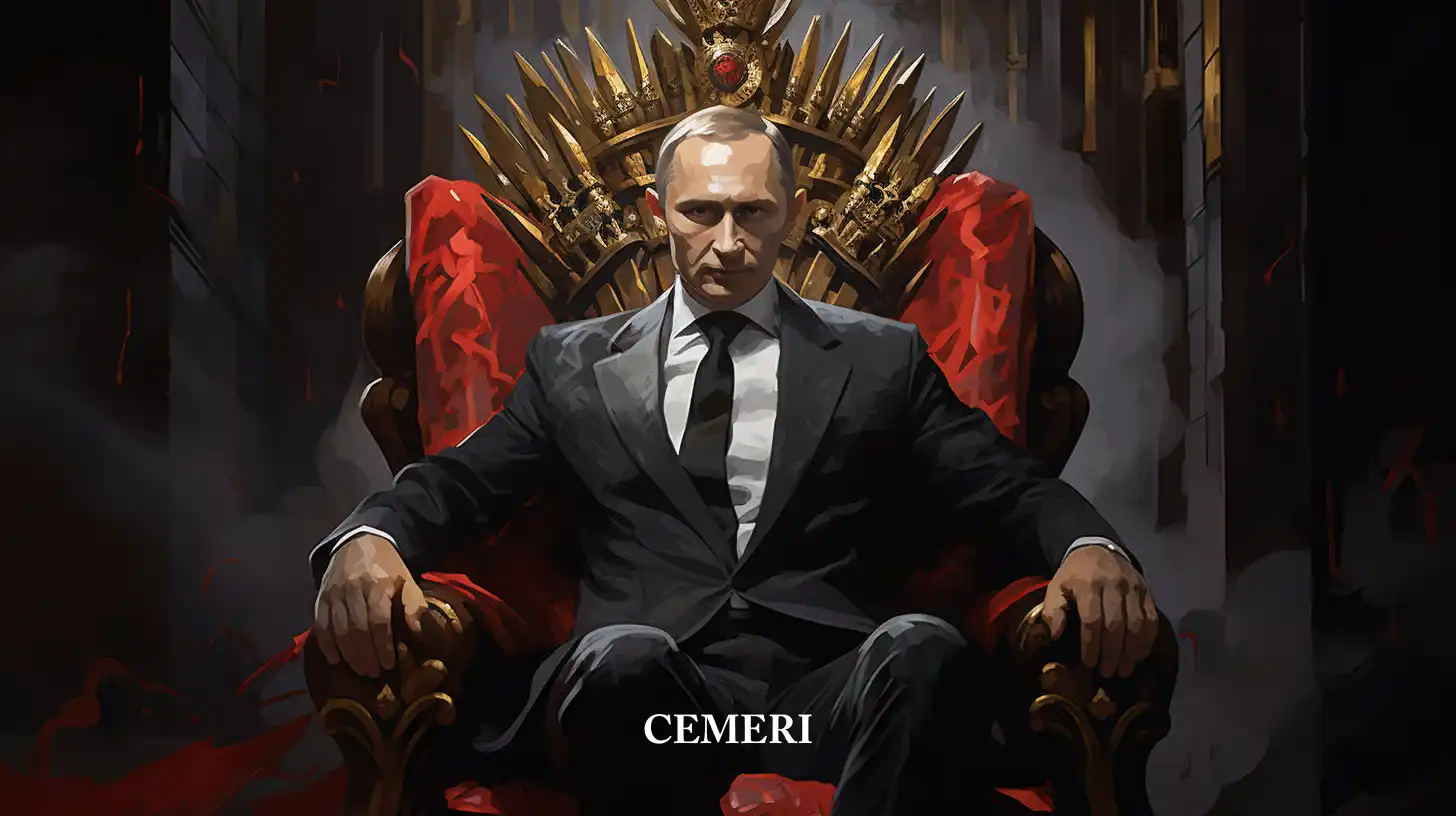Analysis
Óscar Pérez Farías
Sports diplomacy as an instrument for peace
- Sports diplomacy has been used as a tool to bring nations closer to spaces of mutual understanding.

Sports jousts have been the ideal setting to share values such as leadership, gender equality, teamwork, peace and strengthen social cohesion. The practice of sports has fostered contact between different countries and has made it possible to put aside the differences between cultures. For this reason, sporting events are used on numerous occasions as instruments to achieve peace.
Olympic rings and sports practices.
Sport supposes the overcoming of linguistic, socio-political and cultural barriers; and sets the stage for increased dialogue between participants, so the Olympic Games, or sports fairs on a regional scale, have established themselves as a platform to identify common ground between countries.
Approach to sports diplomacy
It was not until the 19th century that sport became aware of it as a diplomatic tool to achieve various ends, despite the fact that it had already been shown that sports practice has intervened to temporarily suspend conflicts, such as truces or Olympic peace.
To understand sports diplomacy, soft power and public diplomacy must be taken into account. The first, softpower, was defined by Joseph Nye as the ability of a nation to obtain the desired gains through its culture, values and presence abroad, without using military resources (hardpower). For his part, public diplomacy was defined by Nicholas Cull as the attempt by an international actor to manage the international environment through engagement with a foreign audience.
Russian President Vladimir Putin (right) and International Olympic Committee President Thomas Bach (left) wave during the Opening Ceremony of the Sochi Winter Olympics at Fisht Olympic Stadium on February 7, 2014 AFP PHOTO / ALBERTO PIZZOLI
Unlike traditional diplomacy - which is governments influencing other governments - public diplomacy is about governments influencing publics, interacting with international public opinion and with a variety of global actors. Being aimed at foreign audiences, this diplomacy necessarily implies an efficient communication of the message through various aspects, that is, unlike the traditional one, it is based on informing the public about the activities of a country, and specifically, the situation, the behaviors, positions or actions of the State that exercises them.
For this reason, sports diplomacy must be understood as a component of public diplomacy, which aims to influence public opinion using softpower. Even some researchers have subscribed to the definition of sports diplomacy, for example, Marc Keech, who indicated that this type of diplomacy concerns all international sports contacts and that it has implications for the nations involved.
For his part, Javier Sobrino defines it as the use of sport as an instrument of public diplomacy for its contribution to certain objectives in a structured way and beyond the possible sporting results.
In this way, sports diplomacy is assumed as an influential tool capable of breaking all kinds of barriers (language, economic and border), thanks to coexistence and common sports rules, which is also capable of influencing political relations to achieve various objectives.
Objectives of sports diplomacy
Sports jousting has been the ideal space to deploy diplomatic efforts with two objectives. The first is to show a certain image to the outside and strengthen the narratives about itself. On the other hand, the second objective seeks to have rapprochements with other countries whose relations have been found to be tense. The Olympic Games or World Cups have been the ideal scenario for the deployment of these objectives.
Examples of sports diplomacy
With the first objective, the projection of the image can occur in two directions: outside the country and inside it. In other words, it is shown abroad to obtain greater international prestige, while it is shown inside to increase its reputation with its citizens.
One example goes back to the sports matches between West Germany and East Germany (prior to unification), where the sports teams of both countries reaffirmed the idea that both were separate entities with different goals. In this case, sport was used to normalize the territorial division of a country and promote its recognition by other international actors.
More recently, the bloc of countries called BRICS (Brazil, Russia, India, China, and South Africa) used this tool to change the international narrative about them. An example of this is the hosting of both the Olympics and the World Cups in those countries, which allowed them to expand their international reach and consolidate their ties with new commercial and political partners.
Flickr: Narendra Modi.
Likewise, sports jousts have served as a thermometer of existing relations between countries. For example, the shared candidacy between Argentina, Chile, Paraguay and Uruguay for the World Cup in 2030 could be used as a catalyst for common integration institutions, as well as to strengthen the common vision on integration. Another example is the future tripartite venue between Mexico, the United States, and Canada in 2026 for a World Cup, where the three countries could give greater impetus to the regional integration mechanism and iron out rough edges in the different aspects of the North American relationship.
The second objective of sports diplomacy is the relaxation of relations with other States. One of the most visible examples has been the so-called “Ping Pong diplomacy”, in reference to a series of table tennis matches that pitted American and Chinese players against each other in the early 1970s and managed to bring positions reluctant to dialogue and restore relations. diplomatic between the two.
Another case has been the rapprochement between North and South Korea through sports contests. The possibility of having a joint Olympic delegation was considered since 1964, but it was not until the 1991 World Table Tennis Championships and the U-20 Soccer World Cup that same year that it was agreed to have a joint delegation. Since 2000 it has been seen that both delegations march in the Olympics under the Unification flag and the Korean delegations are made up of players from both countries.
Go Koreas. Qwartz.
Another example has been that of India and Pakistan whose chaotic relationship dates back to their separation in 1947 and the status of the Kashmir region. The 1954 cricket matches facilitated détente between the two countries. India-Pakistan cricket diplomacy has sometimes come as an icebreaker while some others have failed to persuade escalating tensions.
Public before sports fair between India and Pakistan. Observer Research Foundation.
Several historical examples have strengthened the idea that sports open a space for dialogue and change the course of bilateral relations, such as the so-called "hockey diplomacy" between Canada and the Soviet Union in 1970 with the aim of improving the relationship. of both in a context of political polarization, or the "baseball diplomacy" between Cuba and the United States to find common ground in the relationship.
Sports have been used as a tool to bring together a highly polarized population and normalize the definition of the other. Also to elucidate through sporting events the state of political relations. These events have functioned as a sociopolitical catalyst capable of connecting nations to the point of reestablishing talks and strengthening cooperation.
Disagreements in sports jousting
However, sports have also been used as a field of political confrontation to demonstrate discontent over certain aspects. Such is the case of the boycott initiated by the United States of the Summer Olympic Games organized by the Soviet Union in 1980, due to the Soviet military presence in Afghanistan. A good number of delegations did not attend the sports fair. Later, the same would be done in the 1984 Olympics, organized in the United States, with similar actions promoted by the Soviet Union.
Conclusions
While efforts at sporting events can create a positive environment in societies polarized on certain issues, these achievements should be used to frame them for lasting diplomatic gains and overcome the tokenism of co-participating in large-scale sporting events, such as the Olympics. .
Sport by itself does not generate an effect of peace, so it must be understood as a rapprochement strategy, which must be completed with other diplomatic tools to broaden its reach.
Sources
Albert, E. & Grix, J. “The Mixed Record of Sports Diplomacy”. Council on Foreign Relations. https://www.cfr.org/interview/mixed-record-sports-diplomacy (Consultado el 31 de enero de 2021).
Contreras, C. “La diplomacia pública en México”. Revista Foreign Affairs (junio 2014). https://revistafal.com/la-diplomacia-publica-en-mexico/#:~:text=Con%20mayor%20frecuencia%2C%20los%20Estados,extranjeros%20es%20la%20diplomacia%20p%C3%BAblica. Consultado el 31 de enero de 2021.
Jha, M. “India and Pakistan’s Cricket Diplomacy”. The Diplomat. https://thediplomat.com/2017/03/india-and-pakistans-cricket-diplomacy/ (Consultado el 30 de enero de 2021)
Kshitisman, M. & Madhumati, D. “Sports Diplomacy and International Relation: A case of study”. (Marzo 2019, volume 6, issue 6). Journal of Emerging Technologies and Innovative Research.
Embajada y Consulados de Estados Unidos en México, “Diplomacia Deportiva”. Educación y Cultura. https://mx.usembassy.gov/es/education-culture-es/intercambios-culturales/diplomacia-deportiva/ (Consultado el 30 de enero de 2021)
Rodríguez Vázquez, D. “El deporte como estrategia diplomática en las relaciones internacionales” (11 de mayo de 2020). Instituto Español de Estudios Estratégicos: 3-16. http://www.ieee.es/Galerias/fichero/docs_opinion/2020/DIEEEO55_2020DANROD_diplomaciadeportiva.pdf (Consultado el 30 de enero de 2021)
Ryall, J. “South Korea promotes ‘sports diplomacy’ to engage Pyongyang”. Deutsche Welle https://www.dw.com/en/south-korea-promotes-sports-diplomacy-to-engage-pyongyang/a-55750444 (Consultado el 31 de enero de 2021).
Sport and Citizenship, “Grassroots Sports Diplomacy: Overview, mapping and definitions”. http://isca-web.org/files/Grassroots_Sport_Diplomacy/Grassroots_Sport_Diplomacy_-_Overview_mapping_definitions[1].pdf (Consultado el 31 de enero de 2021).
Stangarone, T. “The Limits of Inter-Korea Sports Diplomacy”. The Diplomat. https://thediplomat.com/2018/08/the-limits-of-inter-korea-sports-diplomacy/ (Consultado el 31 de enero de 2021).

